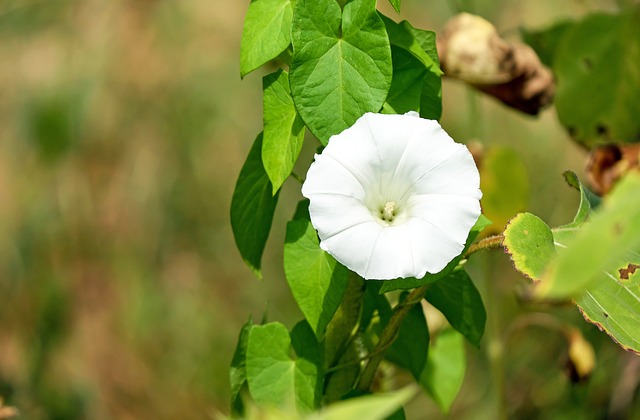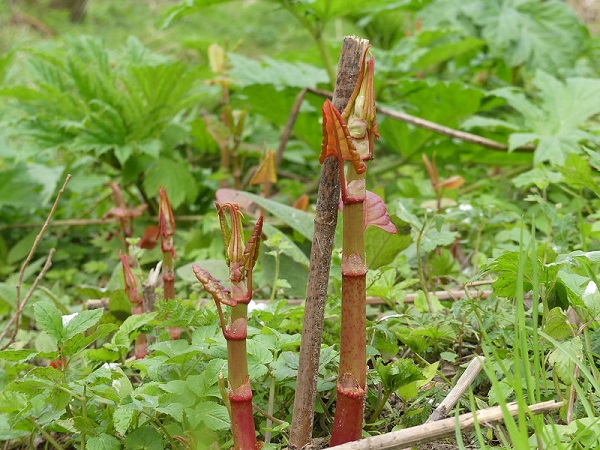When it comes to identifying Japanese knotweed, it really is important that you get it right! Being able to spot Japanese knotweed and seek help as soon as possible, can help prevent further problems and complications further down the line. While someone with a trained eye might be able to spot Japanese knotweed with no problems, identifying Japanese knotweed is not so easy for everyone.
One reason that Japanese knotweed is hard to identify, is because there are so many plants that look like it! Today we're going to take a look at one of the plants that's commonly mistaken for Japanese knotweed... Bindweed. So, if you want to know what the difference between bindweed and Japanese knotweed is, just keep reading.

What does bindweed look like?
Much like Japanese knotweed, bindweed has large, heart-shaped leaves - which is the main reason why these two plants often get mixed up. Bindweed (shown above) has a tendency to climb and has strong stems. One of the most notable features of bindweed is its large white trumpet flowers, which we're sure you've seen before in hedgerows or even in your own garden.

Does bindweed look the same as Japanese knotweed?
While Japanese knotweed (shown above) does share the same large heart-shaped leaves as bindweed, it has a lot of features that make it quite distinctively different. For example:
- Japanese knotweed has red, bamboo-like stems rather than climbing stems
- Japanese knotweed has small off-white flowers rather than large trumpet flowers
- Japanese knotweed grows over the top of other plants, bindweed entwines itself in surrounding plants
Does bindweed cause problems like Japanese knotweed?
While bindweed may not lead to the same legal problems that Japanese knotweed causes, it can become a huge problem if it's not treated quickly. Similar to Japanese knotweed, bindweed tends to have a deep and well-established root system and can lie dormant in the soil for a long time before re-emerging. This is why it can be such a hassle to get rid of! As it grows, it will use its twining stems to look for support and gain height. As it does this, it smothers the life out of surrounding plants, and can even start to affect the health of shrubs.
Is it easy to remove bindweed?
While it's perfectly safe to handle Japanese knotweed (in fact some people harvest it and eat it), bindweed can be dangerous to touch. In fact, it has an alkaline sap that can be irritating to the skin. So, if you suspect you have bindweed in your garden, you should handle it with gloves or seek the help of a professional.
To remove bindweed for good, you need to follow some of the same steps outlined for Japanese knotweed control. Like Japanese knotweed, pulling bindweed out of the ground but not properly removing the roots can actually make the problem worse. To remove bindweed properly, you need to use a professional herbicide treatment program to kill the weed first. Once the plant has died back, you should excavate the soil in the surrounding area to remove any remaining rhizomes.
Here at Total Weed Control, we have years of experience in treating and removing nightmare weeds, including both Japanese knotweed and bindweed. If you suspect you have one of these plants on your property, but you're not sure which, you can submit a photo for an expert opinion, or you can get in touch for a FREE survey of the plant in question. Give us a call on 029 2039 7554 to find out more.
Contact Total Weed Control
